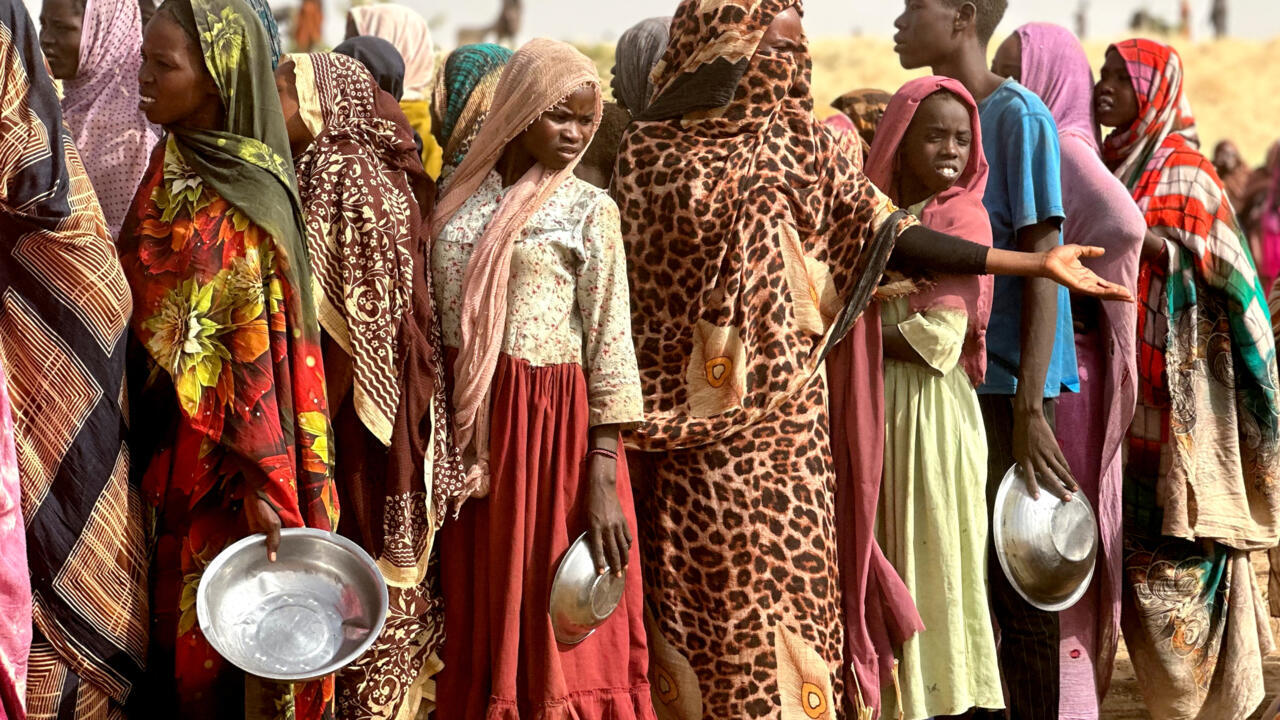“The conflict has provoked the displacement of 13 million people, including 8.6 internally displaced people and 3.8 million refugees,” said Abdourahouf Gnon-Konde of the UN refugee agency in an interview with AFP.
The war, which erupted on April 15, 2023, has left tens of thousands dead, pushed parts of Sudan into famine and fractured the country into warlord-run territories.
On the eve of the war’s second anniversary, nowhere are the stakes more evident than in Darfur, where the RSF launched a new offensive last week to capture El-Fasher — the last major city in the vast western region still under army control.
The assault began Thursday and raged until Sunday morning, targeting El-Fasher and nearby displacement camps, including Zamzam and Abou Shouk both of which have been struck by famine.
The UN, citing “credible sources”, said more than 400 people have been killed in the latest violence.
By Sunday, RSF forces claimed control over Zamzam. Since then, around 400,000 people have been displaced from the camp, the UN’s International Organization for Migration said.
Doctors Without Borders said about 10,000 people fled to Tawila, nearly 70 kilometres (43 miles) west of El-Fasher, within 48 hours to escape shelling.
The civilians, mostly women and children, arrived “in an advanced state of dehydration and exhaustion and reporting horrific violence”, said the international medical charity.
‘Relentless nightmare’
The RSF stepped up its attacks on El-Fasher shortly after the army regained control of Khartoum, about 1,000 kilometres to the east, last month.
The war has effectively divided Sudan in two, with the army holding the north and east while the RSF controls much of Darfur and, with its allies, parts of the south.
Germany’s foreign minister, Annalena Baerbock, described the conflict as “the greatest humanitarian catastrophe of our time,” highlighting the widespread destruction, starvation and sexual violence.
